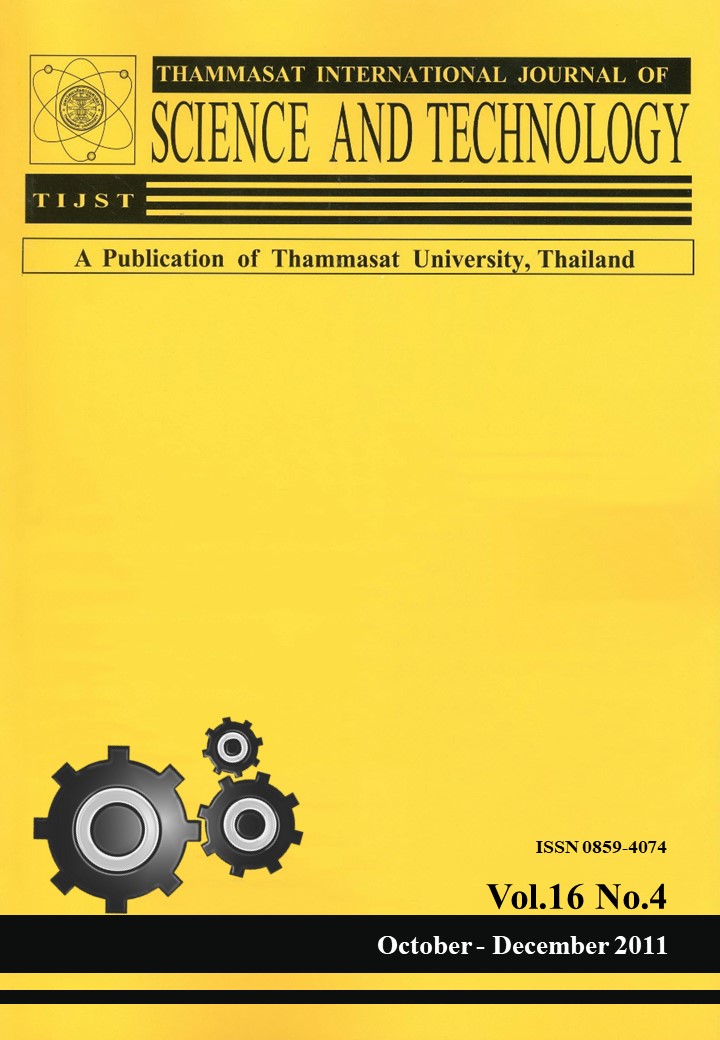Inhibited and Enhanced Spontaneous Emission from Quantum Dots using 2D Silicon-Based Photonic Crystal Waveguides
Main Article Content
Abstract
Inhibited and enhanced spontaneous emission of light is essential to quantum optics in design and development of high efficiency optical devices which are useful for security optical communication systems and for diverse applications such as Optical Time-Division-Multiplexing
(OTDM), Optical Switch, Super Lens, Negative Refractive Index, Laser, LED, and Single Photon Source (SPS). The triangular lattice and square lattice have been proposed for a security optical communication system. However, these simulations and experiments faces many obstacles. Thus, we developed an efficient single photon source by controlling inhibited or enhanced spontaneous emission of the photon using a two-dimensional silicon-based honeycomb lattice patterned photonic crystal waveguide. A quantum dot embedded in the planar photonic crystal membrane waveguide is the light source. The honeycomb lattice of circular air holes on a silicon plate is simulated to obtain large completely photonic band gaps. This significant property shows the potential applied guide modes of a photonic crystal membrane for controlling inhibited or enhanced spontaneous emission between the quantum dots and the photonic crystal waveguide. Significantly, this work is oriented to produce novel single photon
sources which can emit one photon at a time for a quantum optical security network with single photon state. In addition, the honeycomb lattice can easily be made on a Si on insulator (SOI) wafer.
Keywords: Inhibition and enhancement, Spontaneous emission, Single photon source, Photonic crystal waveguide, Honeycomb lattice, Optical network security, Quantum key distribution


